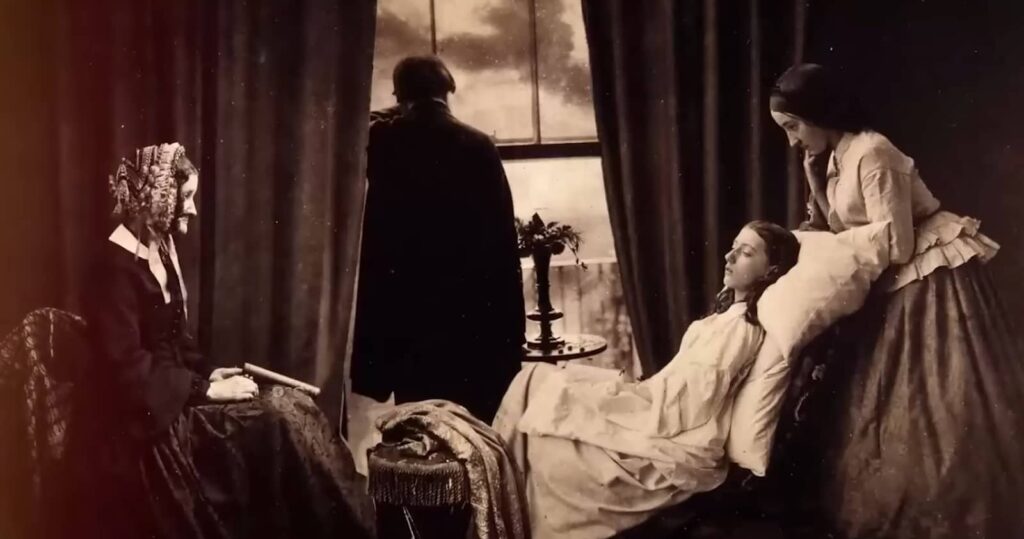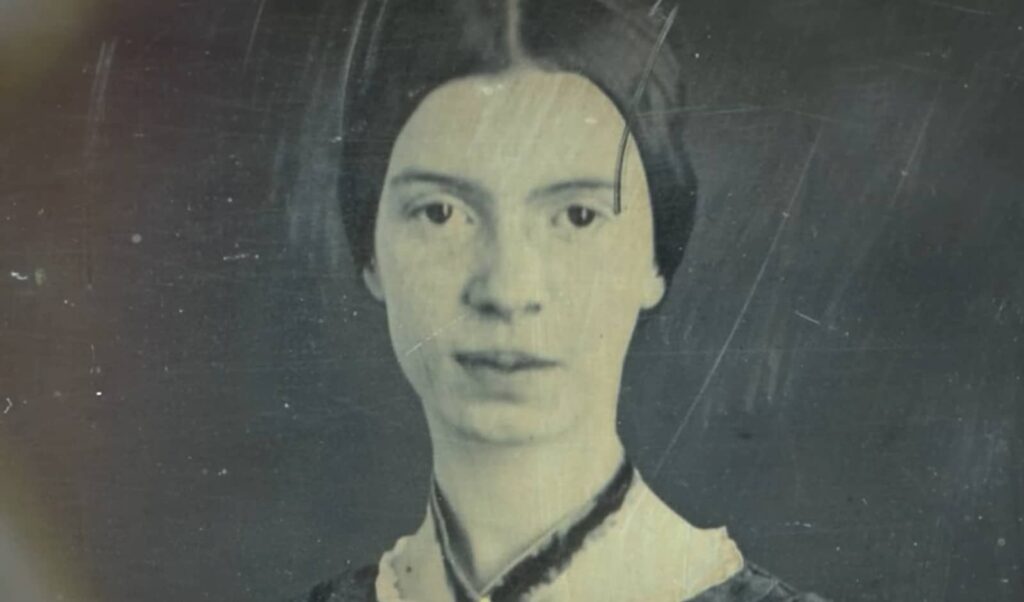Emily Dickinson, a poetess born in the 19th century, was an unseen comet in the literary world during her lifetime. It wasn’t until after her death that her brilliant work gained deserved recognition. Today, she is celebrated as one of the most remarkable American poets, leaving behind an impressive collection of over 1,800 poems. Researchers often find themselves attempting to decode her life through her poems or, conversely, make sense of her poems by studying her life.
While seemingly unrelated, exploring the enigmatic poetry of Emily Dickinson alongside the practicalities of Forensic Accounting salaries in Canada reveals intriguing parallels between the intricacies of language and the meticulous examination of financial data.
Life of Emily Dickinson
- Born in 1830, in the town of Amherst, Massachusetts, Emily Dickinson’s time at the Mount Holyoke Female Seminary was cut short due to homesickness;
- After her return home, she joined her father Edward Dickinson and her sister Lavinia in their family home where she spent the major part of her life;
- Her brother Austin, a respected attorney, lived next door with his wife Susan.
Emily’s Extraordinary Isolation

Of peculiar interest was Emily’s adult years, which were marked by self-imposed isolation. Letters were her primary means of connecting with the external world, and she received few visitors. She adopted a distinct sartorial choice — white dresses, often considered a symbol of her reclusiveness. Her seclusion did not hamper her kind nature though, as she often delighted neighborhood children with baskets of sweets, lowered from her window.
Literary Influences & Poetry
Emily’s poetry is a rich tapestry of emotions, painting images of solitude, yearning, joy, and much more. This extensive range of emotions mirrored in her poems can be attributed to her vast literary influences.
- The final book of the New Testament, Revelation, the Metaphysical poets of the 17th century, and her upbringing in a Calvinist Christian family deeply shaped her writing style;
- Her written pieces were often shared via letters to friends, unbeknownst to them that these verses would become treasured pieces of literary history.
Dickinson Dashes: A Unique Punctuation Style
Perhaps the most intriguing aspect of Dickinson’s poetry is the peculiar punctuation style, now termed as Dickinson Dashes. Upon her death in 1886, her family unearthed 40 handmade booklets consisting of over 800 poems. Dickinson had meticulously transcribed her poems on these simple stationery booklets, sewn together with precision. A fascinating aspect of these handwritten poems was her use of unconventional punctuation — a variety of dashes of differing sizes and angles, a characteristic that now defines her written style. Initial publishers, prioritizing traditional punctuation norms replaced these dashes, a decision which was later reversed in the modern reprints to retain the originality of her work.
Resources for Further Study
An abundance of essays on Dickinson’s poetry can be found on a dedicated website by the University of Illinois at Urbana-Champaign. Dickinson’s correspondences with Thomas Wentworth Higginson, a renowned editor and abolitionist of the time, can be read on Cornell University’s website. Those who wish to behold the place where Emily lived and crafted her marvelous verses might consider visiting the Emily Dickinson Museum.
Dickinson’s Legacy and Influence

Although belated, Emily Dickinson’s life and work have left an indelible mark on the literary world. Her unique style, delicate use of language, and audacious exploration of complex themes in her poetry have influenced countless poets and writers in the years that have followed her.
Dickinson’s choice of words and her unique imagery style were very ahead of her time, which is another reason her poetry is held in such high regard. Using her unique language, Dickinson was able to explore complex themes such as death, immortality, and existentialism.
- Emily Dickinson remains one of literature’s most enigmatic and fascinating figures;
- Her unique punctuation style, termed as Dickinson Dashes, serves as a testament to her creative genius, pushing beyond conventional norms and adding depth to her already profound poetry;
- Her contributions to poetry are immense and continue to inspire generations of poets and lovers of literature.
The journey of understanding Emily Dickinson’s poetry is a richly rewarding one, filled with intrigue, inspiration, and a unique insight into one of the greatest minds in American literary history.
Conclusion
In conclusion, Emily Dickinson’s life and works continue to captivate and intrigue scholars, poets, and literature enthusiasts around the globe. Her innovative use of dashes—now fittingly termed Dickinson Dashes—exemplifies her willingness to defy norms and her unyielding commitment to her personal style. Like a butterfly preserved in amber, her poems capture the breadth of human emotion, alongside an unparalleled understanding of the world. From the confines of her home in Amherst, she not only observed the world but also reshaped how we understand it through the medium of poetry. Her legacy, examining life and death, love and loss, continues to resonate with us, making her as relevant today as she was over a century ago.